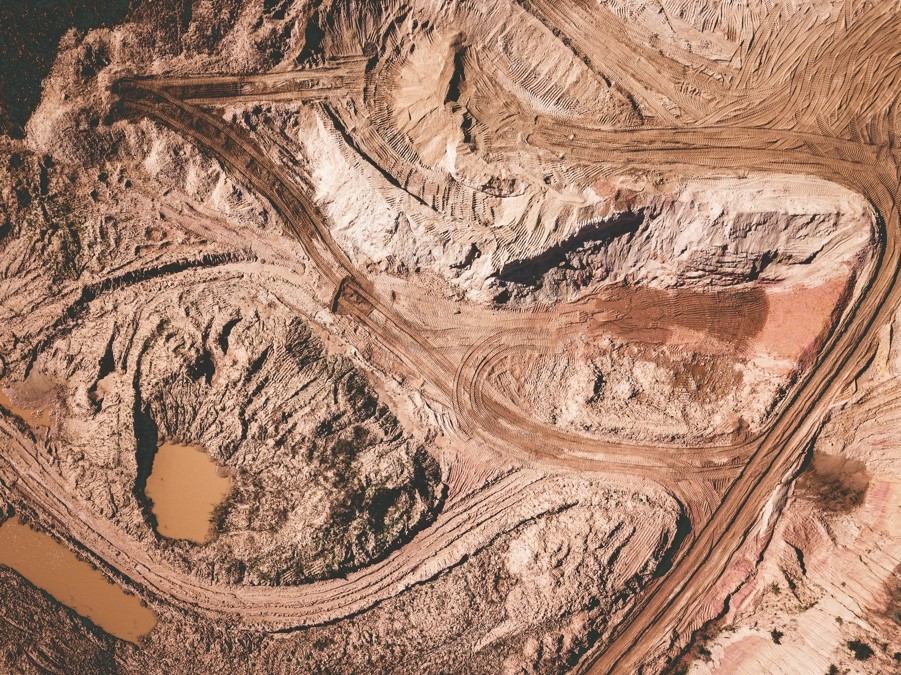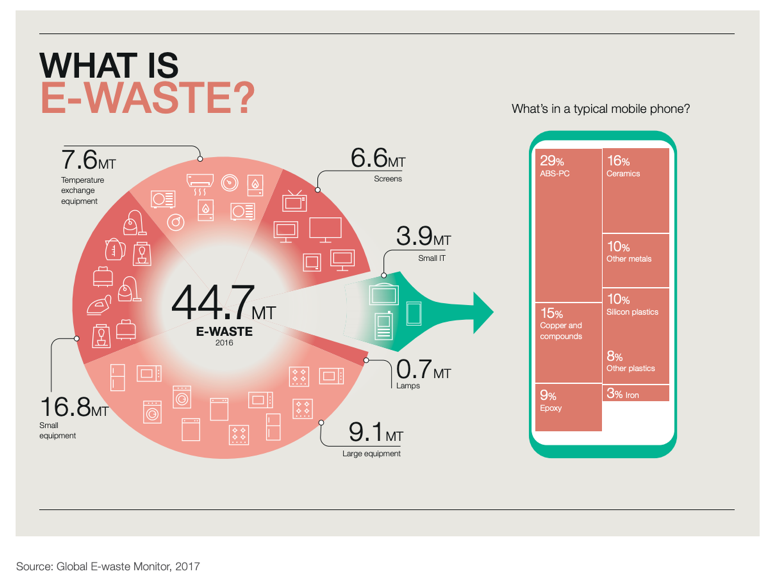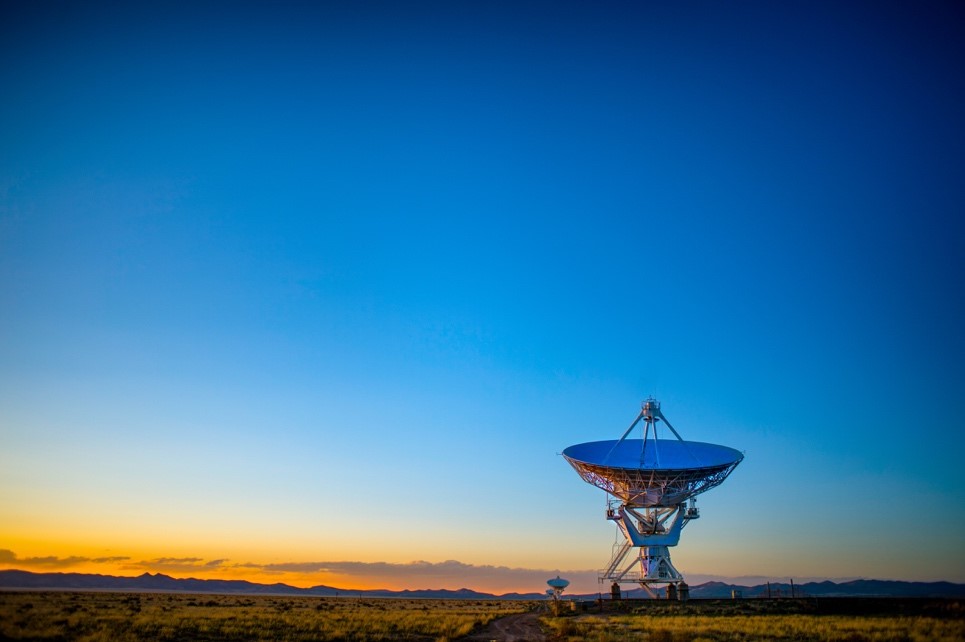
Greening Tech for People and Planet
Technology is central to sustainable development. There are examples all around us of how technology is changing our world for the better: through biomimicry, we can apply nature’s solutions to human challenges; with new innovations, we can make renewable energy more efficient and accessible; online tools can enable people everywhere to get informed about our planetary crises and take action for nature. With technology, we can carve new pathways to a sustainable future.

But technology also takes a heavy toll on the environment. Throughout its life cycle, a tech product puts pressure on Earth’s resources — from the extraction of materials to produce it, to the impacts of its use, to the consequences of its ultimate disposal. Smartphones powerfully illustrate this damaging cycle. By taking a quick journey through their life cycle, we can see how these devices contribute to our crises of biodiversity loss and climate change.
Stage 1: Production
Despite being small enough to fit in our pockets, a whole lot goes into our phones. Copper, tantalum, tungsten, cobalt, tin, silver and gold – these elements are all essential components of the devices we use every day. Extracting these materials from the Earth so that they can be used in smartphones has a high cost on our planet. As mining requires large amounts of heavy fuel oil, resource extraction is a major contributor to climate change. At the same time, poorly managed mining operations degrade land and ecosystems and harm biodiversity.

Stage 2: Use
The things we do on our phones are often physically intangible, so it might seem as though they have no impact on our planet. In fact, our smartphone use has a hidden environmental cost. Each time we perform an activity online, we emit the few grams of carbon dioxide needed to run our devices and power the networks they depend on. While each individual gram might seem negligible, research shows that they do add up, although precise figures are not agreed upon. Common online activities like streaming videos, playing video games and video conferencing thereby contribute to overall CO2 emissions, even if they are far from being the largest emitters.
Stage 3: Disposal
The electronic waste (e-waste) produced by discarded smartphones and other devices poses a major global challenge. According to the Global E-Waste Monitor, e-waste is the world’s fastest growing domestic waste stream: a record 53.6 million tonnes of e-waste was produced in 2019 alone, marking a 21% increase in just five years. E-waste is also particularly difficult to dispose of, as our devices contain many toxic or hazardous substances that can damage ecosystems and impact human health.

Big players in the tech industry have the power to make big changes. By improving and disclosing their supply chains, eliminating the practice of planned obsolescence and facilitating the sustainable use of their products, these companies can vastly improve the sustainability of the industry. Likewise, governments can also work to bring about large-scale changes, such as by making technology a central component of a global circular economy.

But it’s not just up to companies and governments. We can and must all be part of the solution for nature, and that starts with the choices we make about how and what we consume. Here are seven ideas for how individuals can support the sustainable use and production of technology:
- Learn more about planned obsolescence and avoid buying new products you don’t need.
- Take good care of your devices to avoid needing replacements.
- Buy your devices second-hand whenever possible.
- Be mindful about your online habits.
- Beware of greenwashing.
- Encourage companies to disclose information about their supply chains and emissions.
- Share information about the impact of tech on our planet.
Today, there are more devices on Earth than people. Digital technology has fundamentally reshaped the way that we live our lives and relate to the world around us. But just as technology was created by human beings, we can change the way that we invent, produce and use it.
More information:
Sustainable Development Goals in UN Environment
Subsidiary Body on Scientific, Technical and Technological Advice (SBSTTA)